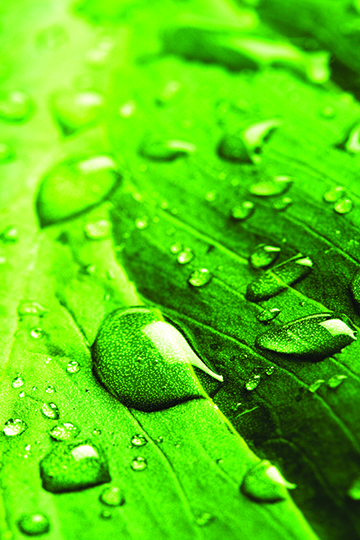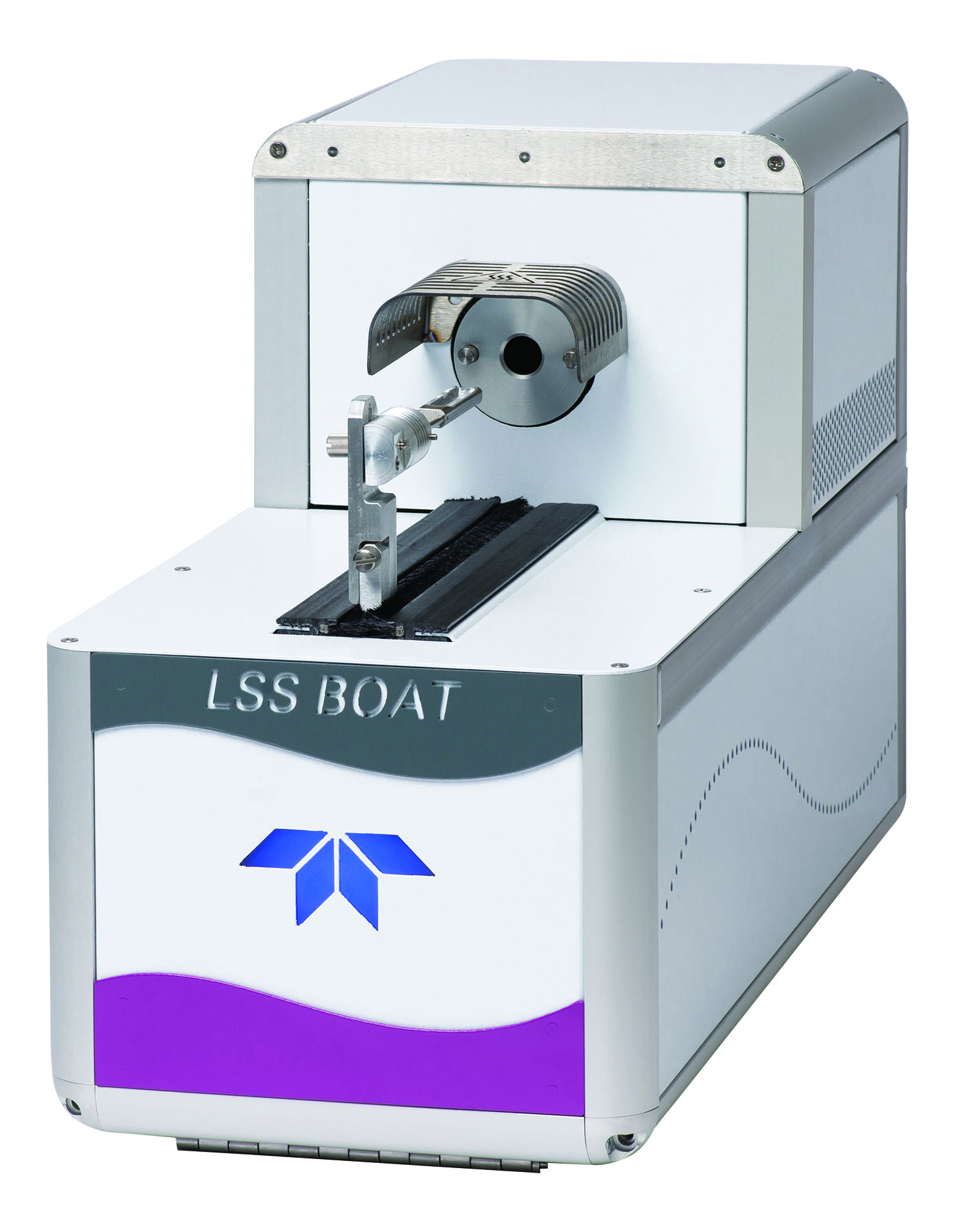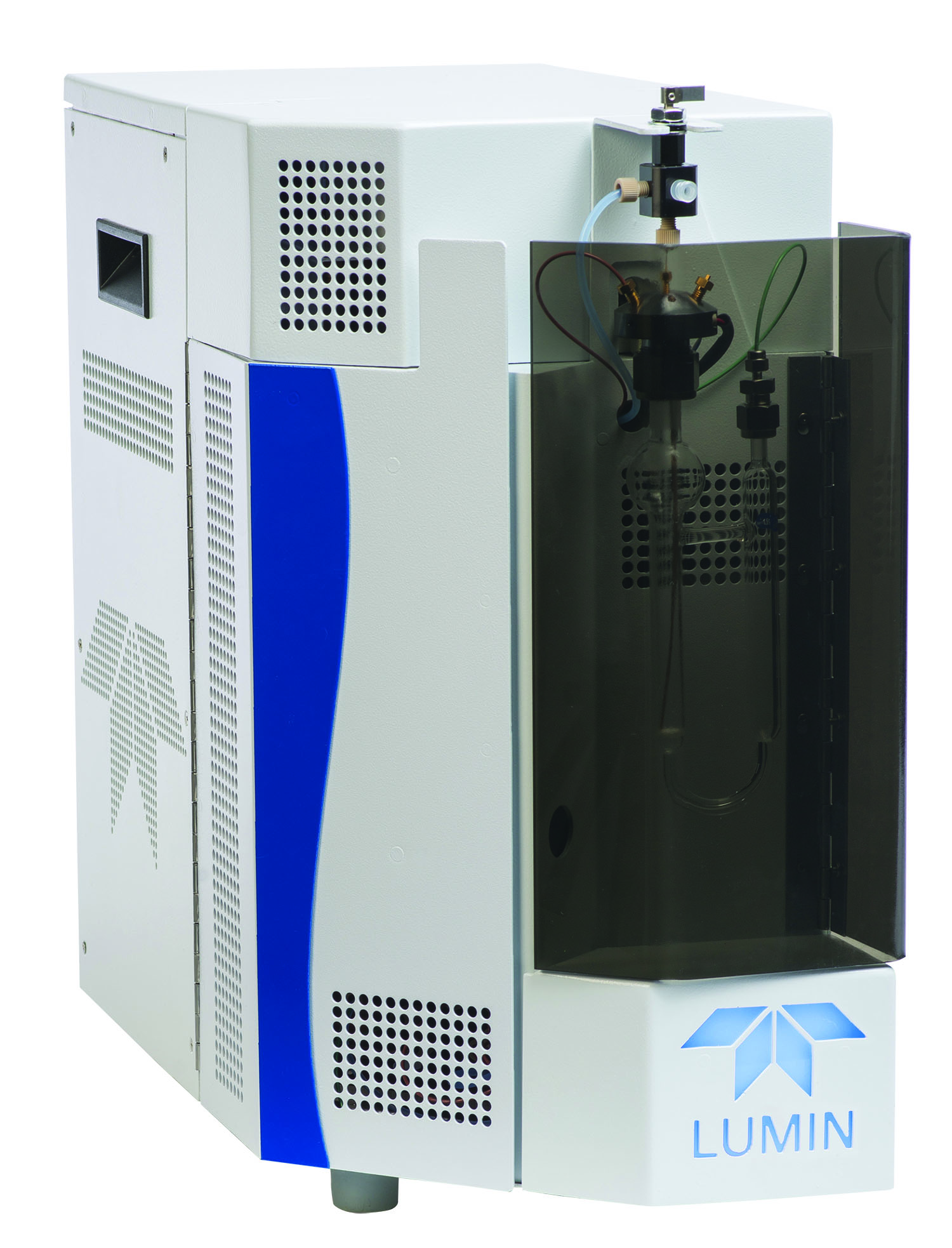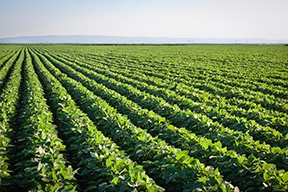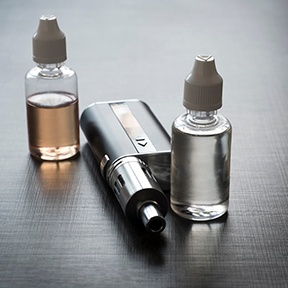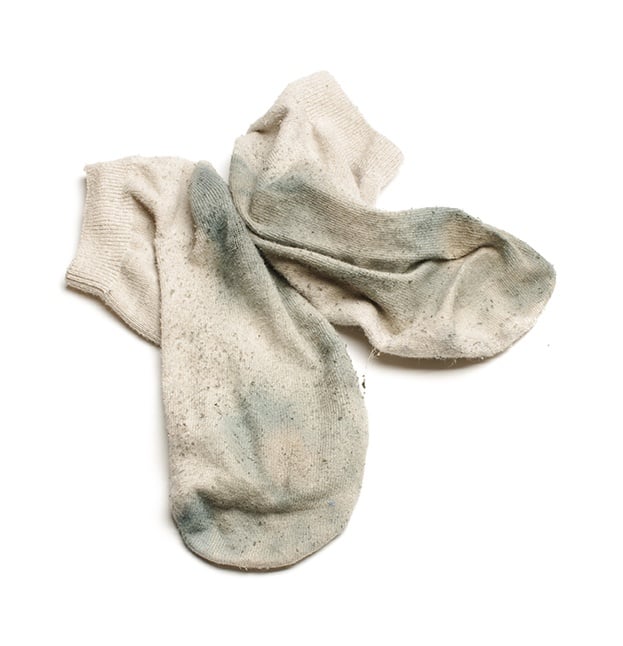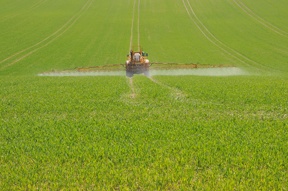The term “spring water” brings to mind a clear, mountain stream. But “spring” or “bounce” in water actually is a safeguard for plant leaves. Liquid droplets have elasticity and bounce off of leaves. This “water bounce” protects plants because plants drink in water from their roots, not from leaves. If water lingers too long on leaves, then mold builds up and decays the plant.
However, this protective “water bounce” from Mother Nature has negative side effects for farmers.
Around the world, farmers commonly spray their fields with pesticides. The innate “bounciness” of liquid droplets forces a considerable amount of the pesticide off of the plants; only a paltry amount of what is sprayed actually sticks. Therefore, farmers must use a lot more pesticide than they need. And because farmers have to use so much spray to get the desired pesticide benefits, surplus pesticide chemicals seep off plants and end up polluting land and waterways.


